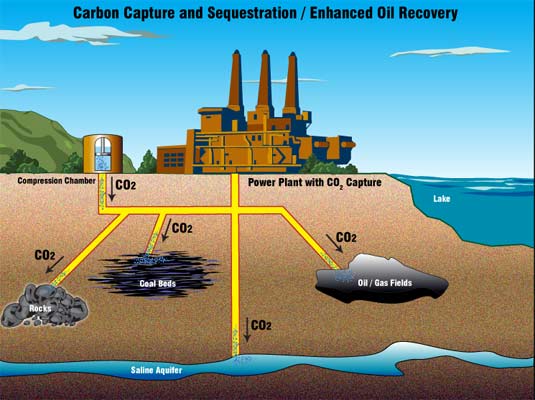Clean Technologies
Clean technologies: making processes cleaner for the planet, for example, through manufacture, transport for the sake of sustainability. Clean technology seeks to reduce waste/pollution from production processes through radical or incremental development of a production system.
Drivers for Cleaning Up Manufacturing
Manufacturers may respond to current or impending legislation or pressure created by the local community and media. The reasons for cleaning up manufacturing include:
- promoting positive impacts
- ensuring neutral impact or minimizing negative impacts through conserving natural resources
- reducing pollution and use of energy
- reducing waste of energy and resources
They may also react to:
- current or forthcoming legislation (laws)
- To conform with government legislation
- Avoiding penalties
- Pressure created by the local community and media
- Communities have made it known that they want harmful industries
- Pressure groups - NGOs
- Can also force legislation to be developed and enacted.

International Legislation: Reducing Waste & Pollution
International accords are laws considered collectively (by member states) to address a certain topic. These methods provide an impetus to manufacturers to clean up manufacturing processes and incites responses to meet the targets. Such examples include:
- Kyoto Protocol (1997)
- Copenhagen Accords (2009)
- Durban (2011)
- Paris Agreement (2015)
End-of-pipe Technologies
An initial response to reducing the emission of pollutants and creation of waste is adding clean-up technologies to the end of the manufacturing process. This term refers to technical measures for reactive environmental protection such as filtering plants, wastewater treatment plants, and others, which serve to contain emissions - rendering them controllable or disposable. It can get very expensive, which might pose as a disincentive for the manufacturer.
End-of-pipe technologies are methods to remove already formed contaminants from a stream of air, water, waste, product or similar. They are implemented as a last stage of a process before the stream is disposed of or delivered.
 |
| Carbon Capture |
 |
| Trash Traps |
Incremental & Radical Solutions for Cleaning Up Manufacturing
An incremental solution to dealing with waste is the gradual improvement of technologies or approaches to manufacturing over time, which leads to new versions and generations. Often, manufacturing processes are improved in terms of efficiency and amount of embodied energy over time. Though the impact is not as drastic as radical solutions, there are several advantages and disadvantages;
Advantages for Manufacturers:
- Exploit existing technologies
- Improvement to competitiveness
- Predictable development, high certainty
- Do not need to invest in large changes to processes, technology, personnel, or approaches
Disadvantages for Manufacturers:
- Small changes on a more frequent basis
- Low potential for market growth (less risk / less reward) - saturated marketplace
- Small changes may not meet the overall legislation requirements
A radical solution is where a completely new product is devised by going back to the roots of a problem and thinking about a solution in a different way. The impact can be sudden - and it may require the replacement of a whole system, and may be time consuming.
Advantages for Manufacturers
- Exploration of new technologies
- High potential for market growth
- Creation of new industries
- Fewer competitors
- Benefit from patenting new solutions
- Better reputation
- Needed sometimes as a response to drastic legislations.
Disadvantages for Manufacturers
- More expensive, more R&D required
- High uncertainty of success
- High investment
- Not risk free - may not produce the desired function
Systems Level Solutions
System level solutions embrace the idea of a solution to the problem of pollution - it is more concerned with the interrelationship rather than viewing it as individual elements. These solutions are implemented to deal with the entire system, rather than just the components - creating a sense of uniformity and standardisation throughout (opposed to end-of-pipe solutions).


